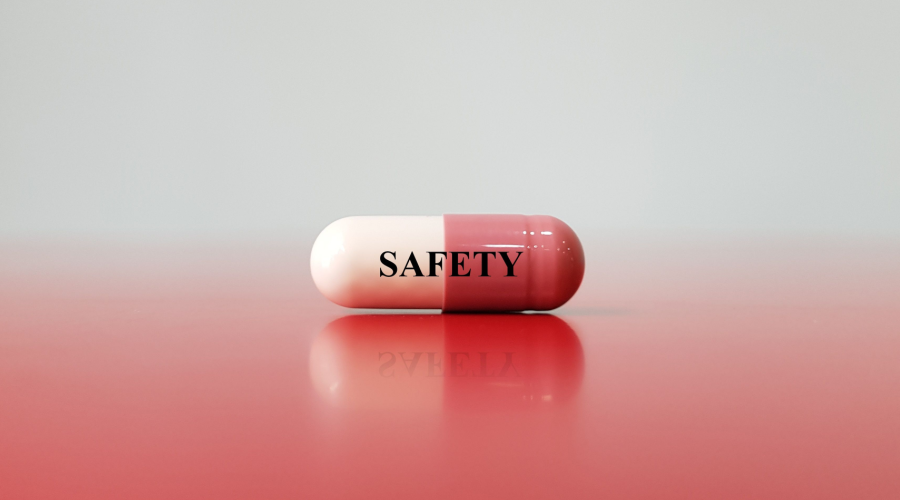Two babies are born in two ZIP codes just five miles apart in Philadelphia. One can expect to live about 20 years longer than the other. The same is true in Miami, or Richmond, or many other places in the United States, according to the Center on Human Needs at Virginia Commonwealth University.
The leading cause is a broad mix of factors generally referred to as “social determinants of health.” These determinants are a potent mix of volatile variables in the environment where people are born, live, work, play, worship, and age, and they affect their health, ability to function, and quality-of-life risks and outcomes.
“Research shows only about 20 percent of a person’s health and well-being is driven by access to healthcare and the quality of those services” said Jake Galdo, PharmD, MBA, co-founder and CEO of Seguridad, a startup that offers the first measurement system for community pharmacies. According to “Going Beyond Clinical Walls: Solving Complex Problems,” a white paper from the Institute for Clinical Systems Improvement, the remaining 80 percent is related to socioeconomic factors such as education, income, job status, community safety, family and social support, physical environment, and individual health behaviors such as tobacco or alcohol use.
In addition, Healthy People 2030 is the federal government’s agenda to build a healthier nation, according to the Office of Disease Prevention & Health Promotion. It organizes social determinants into five broad categories: Economic Stability, Education, Health and Health Care, Neighborhood and Built Environment, and Social and Community Context.
What does this have to do with pharmacies?
Nimit Jindall, PharmD, congressional aide, outlined four specific barriers that can affect a patient’s medication compliance at the American Pharmacists Association 2022 Annual Meeting & Exposition.
Lack of education
What if your patient doesn’t have the ability to understand the care plan provided by their physician or how to take what might be multiple medications?
Housing instability
What if your patient doesn’t have a refrigerator to store their medications?
Poverty
What if your patient can’t afford medications, health insurance, or health procedures?
Lack of access to clean air and water
What if your patient’s water supply is full of lead or the air supply has contaminants?
Natural results
As national awareness rises, commercial payers, healthcare providers and local, state, and federal governments are addressing social determinants to health by implementing a variety of initiatives.
For example, some Medicare Advantage plans include payment to address residential pest control. “While this is a factor not traditionally viewed as a healthcare issue, a rodent or cockroach infestation can trigger allergies and asthma or exacerbate COPD,” said Galdo. “It’s less expensive and more efficient to pay for pest control than a hospital stay.”
He also mentioned that many national commercial payers are investing in personal health navigators to assist members with common chronic conditions, such as diabetes or high blood pressure, by calling or sending an email.
“While a good start, many of the patients who need the most help don’t respond to email or won’t answer a phone call from an unknown number,” Galdo pointed out.
Such complications, he maintained, positively position community pharmacies to lead efforts simply by doing more of what they have always done—develop ongoing, long-term, and trusted personal and professional relationships with patients, their families, and their support systems.
Of course, independent pharmacies must develop those relationships in innovative, measurable, and of course, reimbursable, ways.
Natural solutions
Galdo, who’s also a community pharmacist at Ross Bridge Pharmacy in Hoover, Ala., and former assistant professor of pharmacy practice at McWhorter School of Pharmacy at Samford University, said the challenge isn’t as imposing as it may seem.
“Examine services you already offer and build from there,” he advised. Say your pharmacy offers delivery service. While a popular point of differentiation from competitors, it can also address the social issue of reliable transportation. Go the extra mile and train drivers to notice such telling signs as an overgrown yard, rickety porch stairs, or unsafe conditions. Then, connect your patient to available resources.
Galdo also advocated integrating a community health worker into your pharmacy. “Community health workers engage, refer, and connect patients and their families—they are trusted solution-finders,” said Galdo. “They free up the pharmacist and team to spend more time working with patients and creating new opportunities.”
Much of that time may be reimbursable, specifically medication optimization, vaccine hesitancy counseling, or a host of screenings, referrals, and assessments. Galdo recommended using Z-code categories to document such work.
Are you optimizing the time and the skills of your pharmacy techs? Galdo said you may already have a community health guru on staff. “They might be interested in training as a community health worker,” Galdo said. Generally, a high school diploma is required, with either a one-year certification or a two-year associate degree covering ethics, wellness, and cultural awareness.
Natural advocates
During his session, Jindall mentioned a situation that may be familiar to most pharmacists. While advising a patient with type 2 diabetes, he realized two things: the patient’s disease wasn’t controlled, and they took multiple meds to treat the same condition. Plus, they underdosed their insulin to stretch their supply and avoided dental appointments to save money for rent. When they chatted about diet or lifestyle changes, an even more impenetrable wall—the patient mentioned only affording fast food or other cheap, unhealthy food.
What can community pharmacists do to address these seemingly immutable societal ills?
Jindall, quoted in Drug Topics, advised advocacy.
Finding the disparities
Think about the things you can or can’t control, focusing on inequities that are systemic, avoidable, and can be targeted directly.
Building partnerships and coalitions
Identify the structures and policies that allow the most pernicious inequities.
Developing and advocating for policy changes
Determine what will have the most long-term impact and focus there.
Reassess community needs
Reflect on changes, internal biases, and determine future goals.
Beyond the physical
- Economic stability: employment, income, housing, debt, expenses
- Education: literacy, language, early childhood education, vocational training, higher ed
- Food insecurity: hunger or lack of reliable access to affordable, nutritious food
- Neighborhood/physical environment: housing, safety, reliable transportation, parks, and playgrounds
- Community: discrimination, support systems, social integration, community engagement
From the Magazine
This article was published in our quarterly print magazine, which covers relevant topics in greater depth featuring leading experts in the industry. Subscribe to receive the quarterly print issue in your mailbox. All registered independent pharmacies in the U.S. are eligible to receive a free subscription.
More articles from the September 2022 issue:
- Expand your Revenue Stream
- New COVID-19 Subvariant Threatening the U.S
- Coming Soon: Over-the-Counter Hearing Aids
- Planograms Lend a Helping Hand
- Reducing Patients’ Fall Risk
- ProfitGuard Helps You Hold the Line
- Mastering Inventory Management
- Addressing Social Determinants to Health
A Member-Owned Company Serving Independent Pharmacies
PBA Health is dedicated to helping independent pharmacies reach their full potential on the buy-side of their business. Founded and run by pharmacists, PBA Health serves independent pharmacies with group purchasing services, wholesaler contract negotiations, proprietary purchasing tools, and more.
An HDA member, PBA Health operates its own NABP-accredited warehouse with more than 6,000 SKUs, including brands, generics, narcotics CII-CV, cold-storage products, and over-the-counter (OTC) products — offering the lowest prices in the secondary market.












